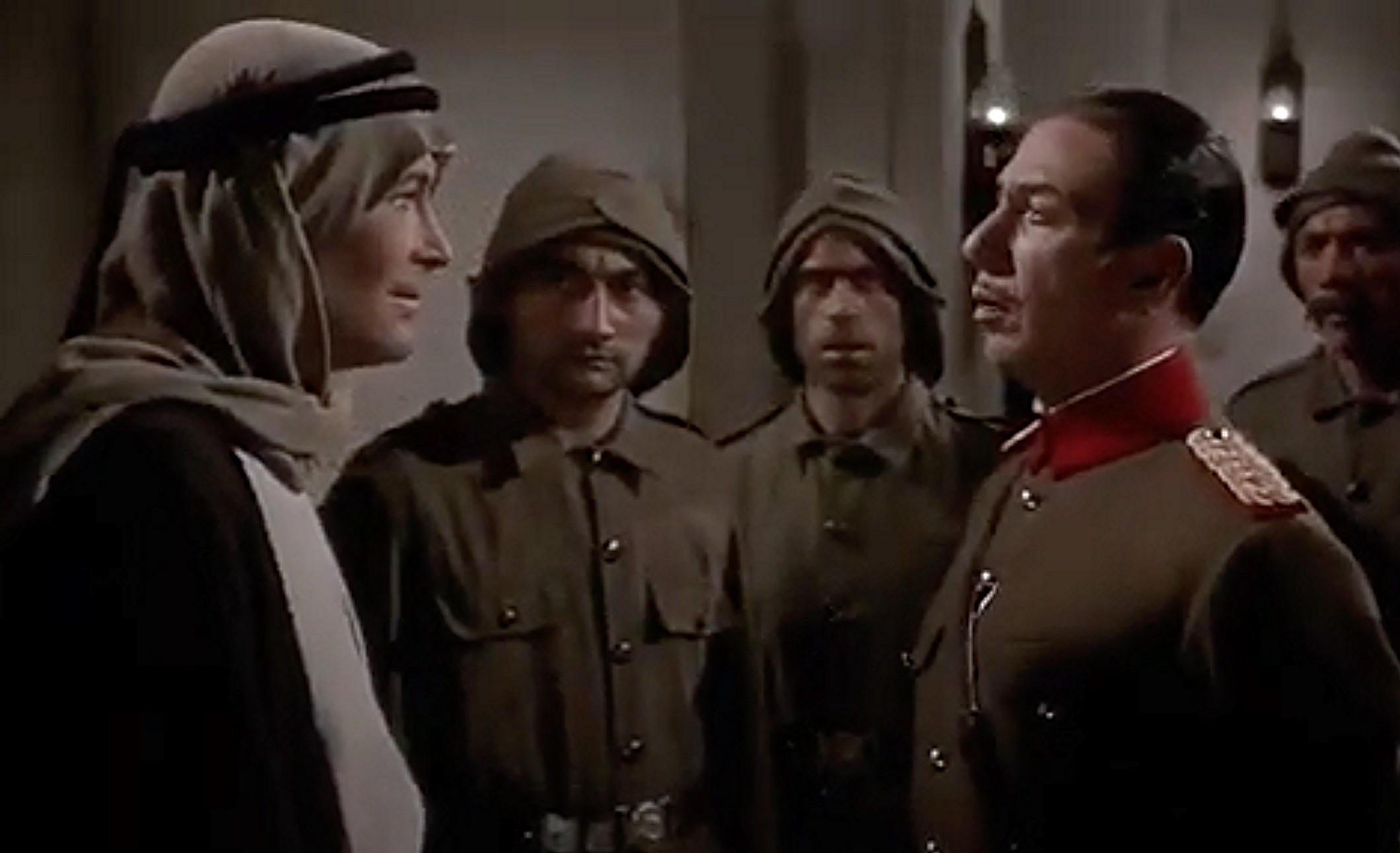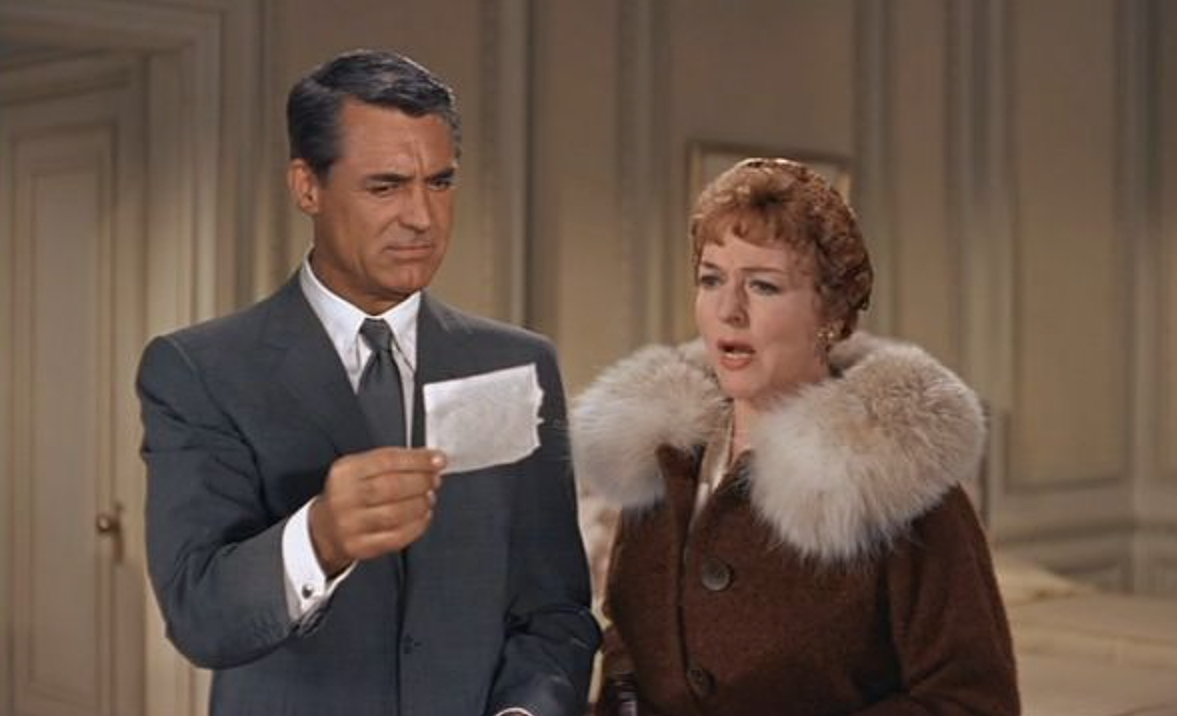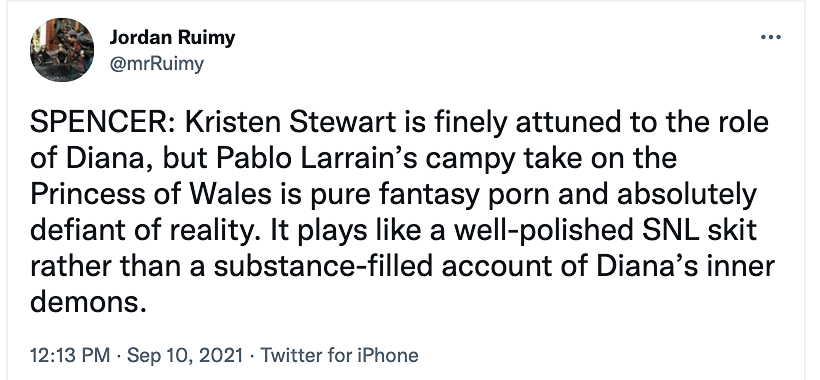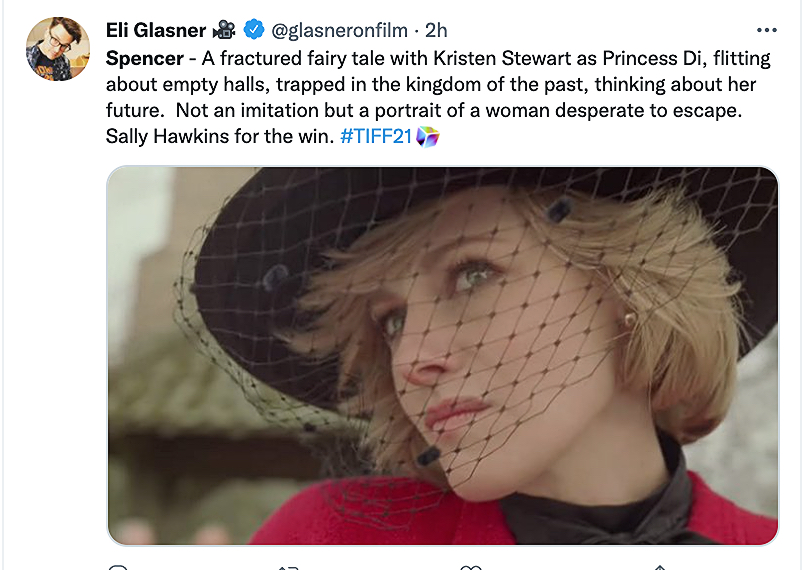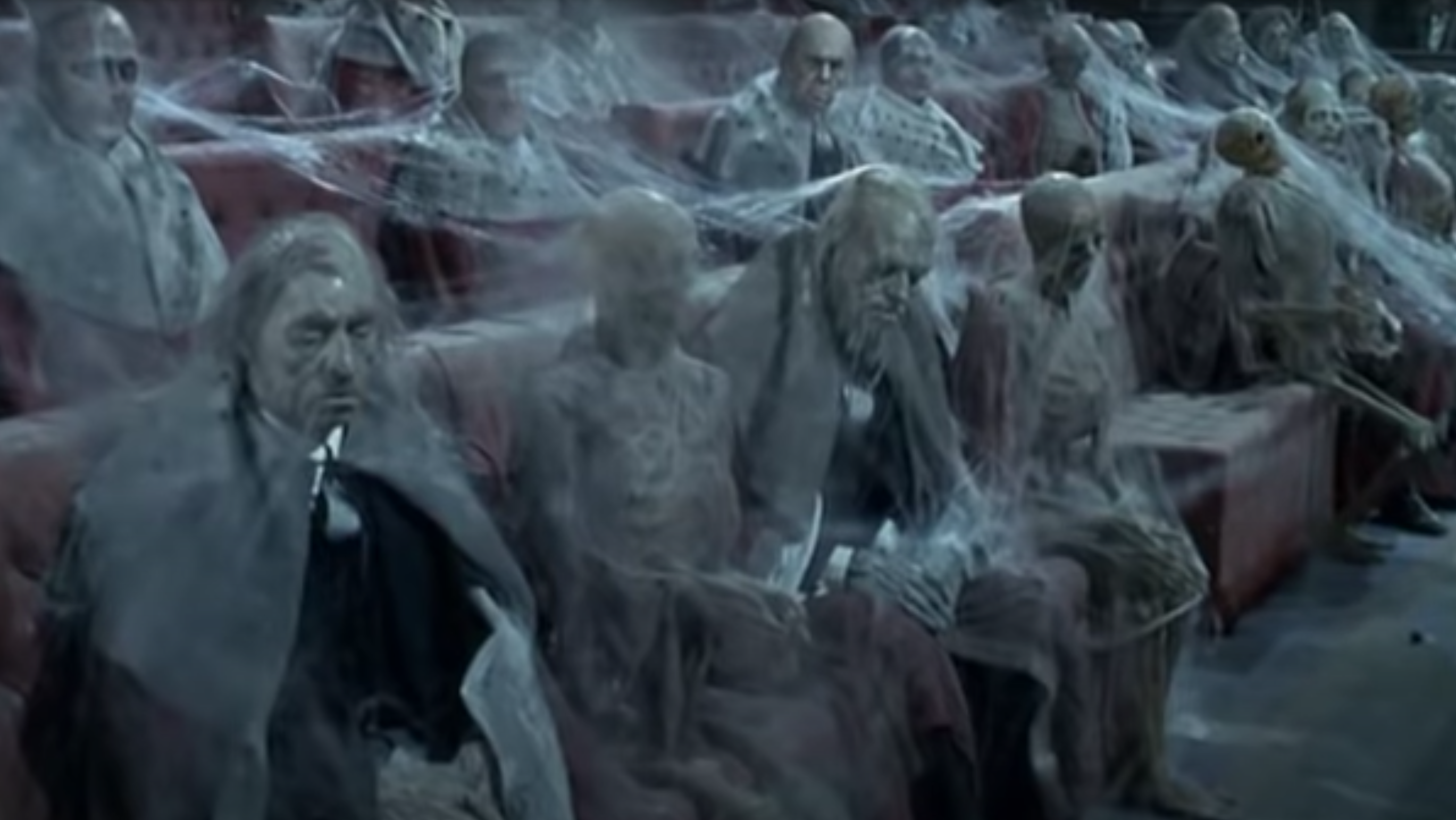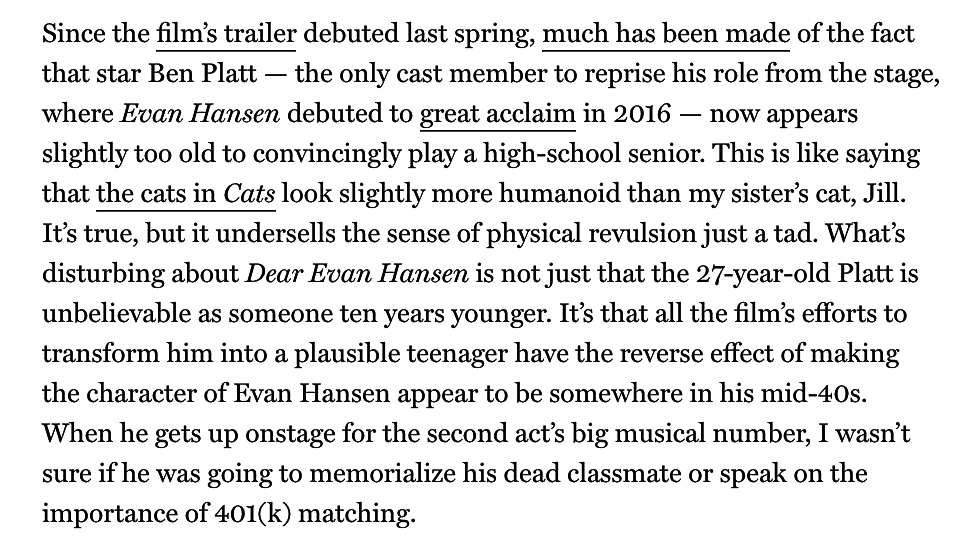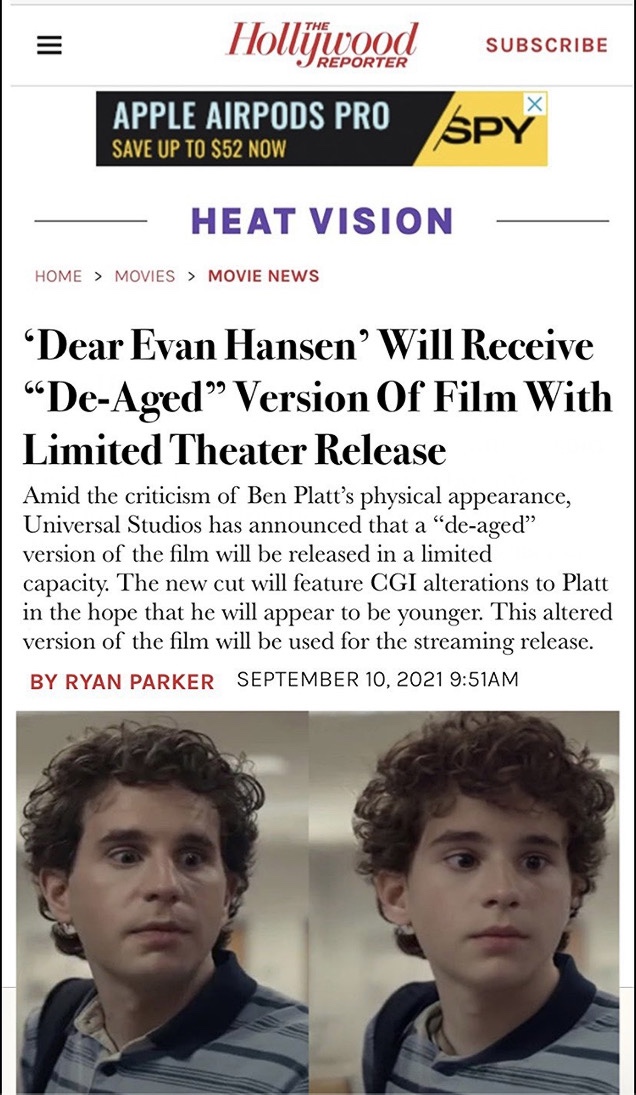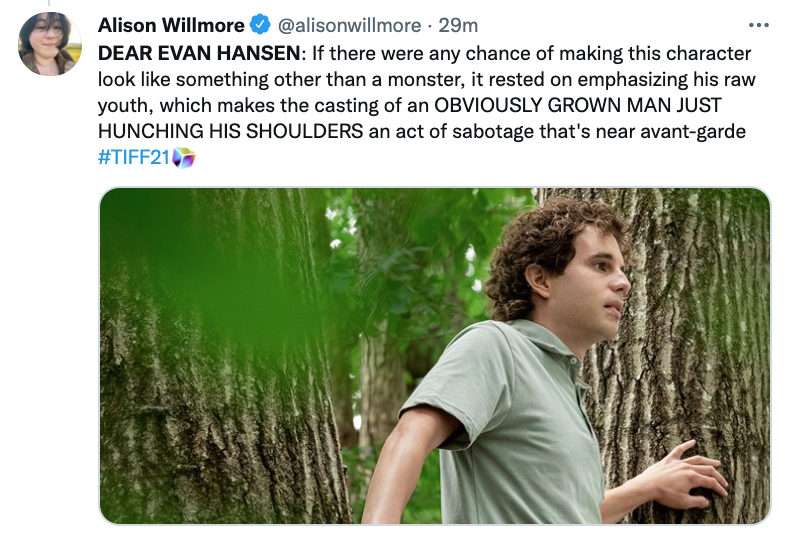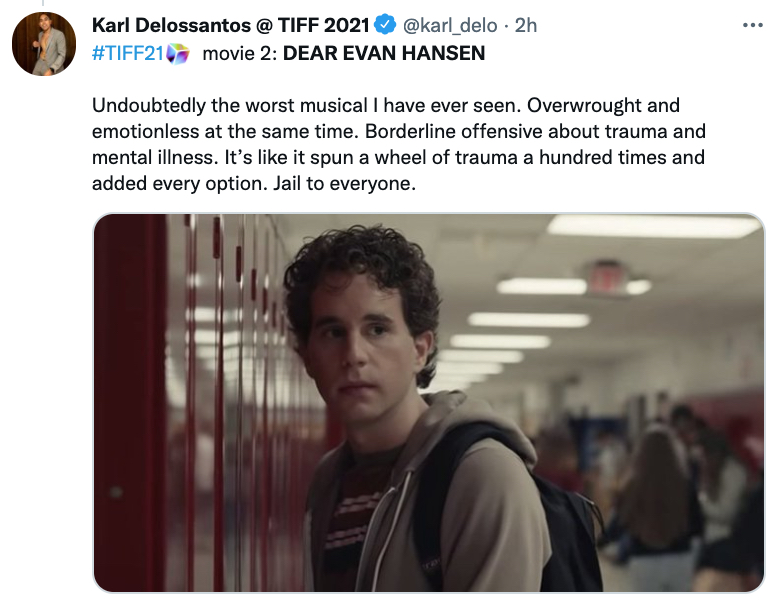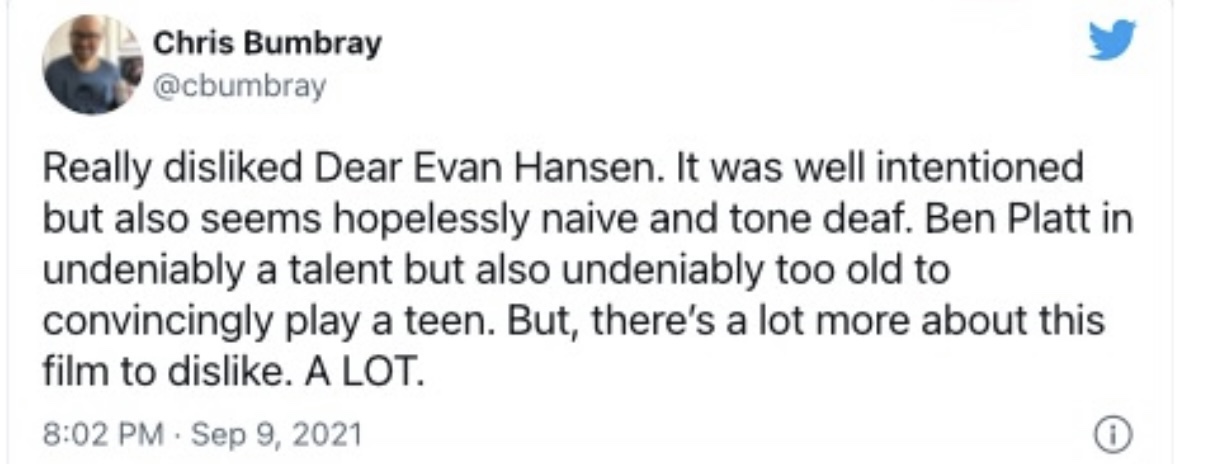Kathryn Bigelow and Mark Boal‘s Detroit (Annapurna, 7.28 and 8.4) opened and died a bit more than four years ago. It flopped, I feel, because it felt more like crude torture porn than an urban thriller, and not enough like Gillo Pontecorvo‘s The Battle of Algiers or Costa-Gavras‘s Z, both of which seemed like adaptable models for dramatizing the 1967 Detroit race riots.
Primarily a reenactment of the Algiers Motel incident, Detroit mainly felt like a bludgeoning. I’ll never give it another go (I saw it twice before it opened), but perhaps someone in the community has? And if so, how did it play?
HE really misses the vision and discipline of director Kathryn Bigelow, who also helmed The Hurt Locker (Best Picture winner of ’09) and Zero Dark Thirty (’12). The failure of Detroit was undoubtedly painful, but life is short and you have to get back on the horse. Bigelow is too good of a filmmaker to sit on the sidelines. The first woman to win a Best Director Oscar needs, in fact, to return and do it again.
“Detroit Broke My Heart,” posted on 7.23.17: Detroit is a raw-capture history lesson hoping to arouse and enrage, but it mostly bludgeons. I’m saying this with a long face and heavy heart as I like and admire these enterprising filmmakers, but there’s no getting around the fact that they’ve made a brutal, draggy downer. Detroit lacks complexity and catharsis. It doesn’t breathe.
I was hoping that this blistering docudrama, which isn’t so much about the 1967 Detroit riots as the bloody Algiers Motel killings, would play like Gillo Pontecorvo‘s The Battle of Algiers, but alas, nope. Failing that I wanted Detroit to be an investigative political thriller in the vein of Costa Gavras‘s Z, but that wasn’t the scheme either.
No one is more beholden to Bigelow-Boal than myself; ditto their magnificent Zero Dark Thirty and The Hurt Locker. But after these two films I’ve become accustomed to brilliance from these guys, or certainly something sharper, leaner and more sure-footed than this newbie.
At best, Detroit is a hard-charging, suitably enraged revisiting of what any decent person would call an appallingly ugly incident in the midst of a mid ‘60s urban war zone. And of course the system allowed the bad guys to more or less skate or not really get punished. What else is new?
The Algiers Motel incident happened, all right, to the eternal discredit of Detroit law enforcement system back then. But guess what? It doesn’t serve as a basis for an especially gripping or even interesting film.
Detroit has good chaotic action, street frenzy, bang bang, punch punch and lots of anger, and I really didn’t like sitting through it and I watched it twice, for Chrissake. For they’ve made a very insistent but air-less indictment film — militant, hammer-ish, screwed-down and a bit suffocating.
Read more


